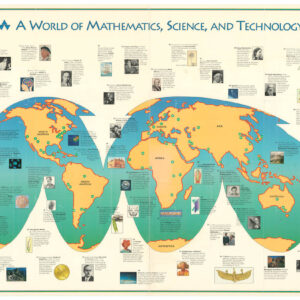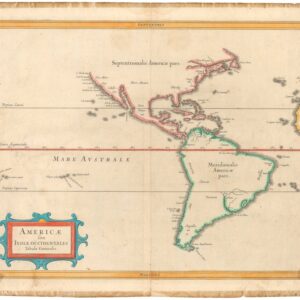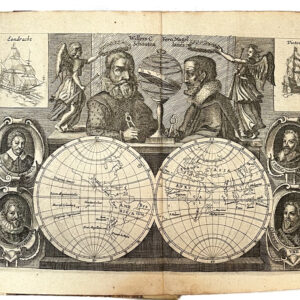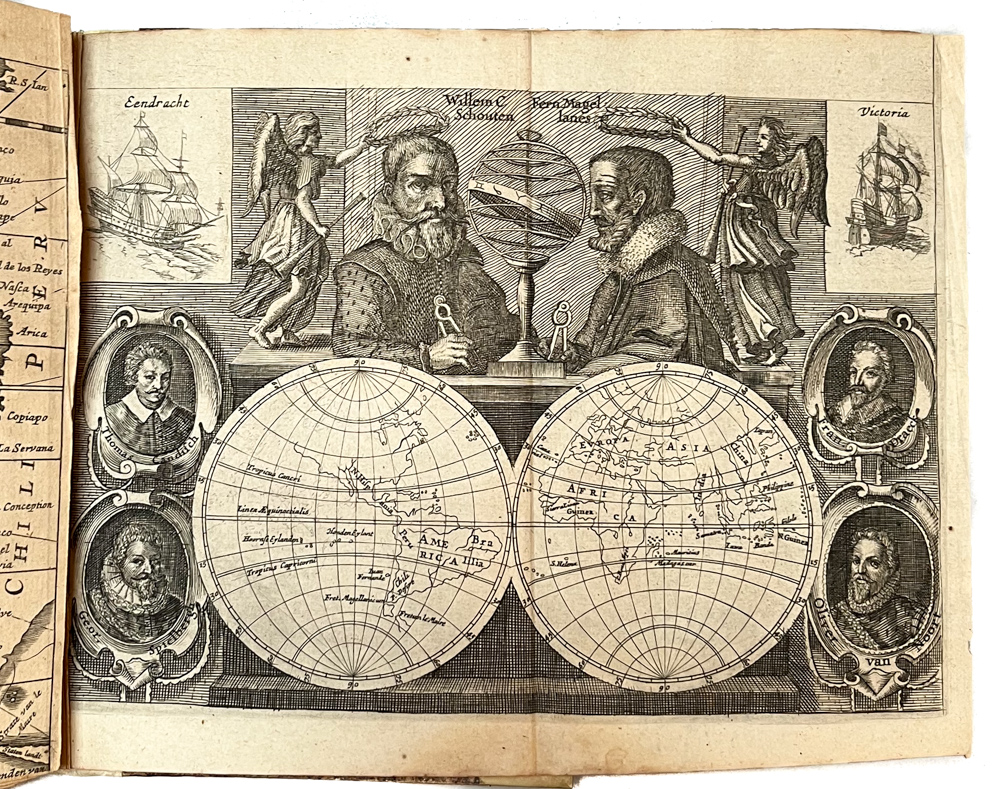A detailed look at the telegraph as the first global system of communication.
Messages Under The Ocean
Out of stock
Description
This informative and educational broadside takes one of the 20th century’s most important technological advancements under careful inspection. While the telegraph was invented and spread out during the volatile 19th century, the 20th century saw the creation of a globalized communication infrastructure based on this incredible technology.
Among the most critical advancements in this regard was the laying of telegraphic cable along the ocean floors, allowing this fast means of communication to be implemented across the globe. Indeed, this blatantly British broadside shows us how, in a colonial world, distant regions could be brought efficiently together, and crucial information could be sent from one end of the empire to the other in a matter of minutes.
The anonymous composition centers on a world map that shows the established and planned telegraphic cables and how this telegraphic infrastructure emanates from Great Britain to cover almost every corner of the globe, tying together continents and connecting even the most exotic of outposts directly with London. The telegraph lines denote the beginning of a new era of technology and communication but also cement London as the center of this new world.
Surrounding the central map is a series of color images that explain the technical composition of a telegraph, the use of dots and dashes as an alphabet, and the impact of a reliable system as it is planted worldwide. The illustrations help to deconstruct this modern wonder, underlining the importance of its individual components and defining the full technical function of the apparatus. Associated with each illustration is a text box with an explanatory note pertaining to the respective images. It is clear that this broadside was designed for ordinary people – perhaps especially the younger generation – to gain a deeper appreciation of this vital technology.
The telegraph was a powerful communication tool prior to World War II, and much like other forms of infrastructure, implementing it was primarily an imperial responsibility. 20th-century telegraphs were capable of sending around 130 words per minute to a preset destination anywhere in the world – that is anywhere connected to the system. In this way, information that previously could have taken days, weeks, or even months to disseminate could now be sent out in minutes. In a colonial world, this connectivity pertained to everything from declarations of war to international dialogue. It is not surprising that it was celebrated as a great technological triumph, including in visualizations such as this.
Census
We have not been able to determine the origin of this wonderful poster, and the OCLC has no listings of it.
Cartographer(s):
Condition Description
Very good. Some wear, chipping along edge.
References




